Monetary easing
By strengthening the potency of monetary easing in a multipronged manner, the unfolding policy pivot can deliver real economic momentum against domestic and external headwinds, with both economic growth and the yuan expected to strengthen in the second half of 2025, experts said.
Referring to the shift announced during the tone-setting annual Central Economic Work Conference held in December, Luo Zhiheng, chief economist at Yuekai Securities, told China Daily that the change in monetary policy stance from "prudent" to "moderately loose" for the first time in 14 years carries "significant implications".
This policy shift was reiterated by the People's Bank of China. The central bank said in a meeting statement on Friday that it will cut interest rates and the reserve requirement ratio — the proportion of deposits banks must keep as reserves — at an appropriate time, as part of its efforts to increase the intensity of monetary policy adjustments.
The PBOC's statement also mentioned the need to balance easing moves with yuan stability, vowing to stabilize market expectations, firmly prevent one-sided foreign exchange market expectations from arising and self-reinforcing, and maintain the yuan exchange rate at a generally stable, reasonable and balanced level.
Luo said the ultimate support for the Chinese currency will be improvements in economic fundamentals, so cutting interest rates further is essential. It will reduce the financing costs of corporate investments and residents' homebuying, given that real interest rates have risen amid low price levels, he said.
Real interest rates deduct inflation from nominal interest rates and represent real financing costs.
Luo added that he sees the scope for approximately 0.5 percentage point of interest rate cuts and 0.5 to 1 percentage point of reserve requirement ratio reductions this year.
Last year, the central bank lowered the seven-day reverse repo rate — a key policy benchmark of interest rate — by 30 basis points to 1.5 percent and reduced the RRR by 1 percentage point, releasing about 2 trillion yuan ($273 billion) in liquidity.
The onshore yuan weakened by 222 basis points to 7.3216 against the dollar on Friday, said market tracker Wind Info, amid dual pressures from potential additional US tariffs and a widened US-China interest rate differential. The US is slowing down interest rate cuts, while China is expected to make bigger cuts.
"The yuan may face some depreciation pressures in the first half of 2025, but may rebound in the second half as the policy efforts take effect, experiencing fluctuations but remaining essentially stable," Luo said.
He added that the country's complete industrial chains and large middle-income population would underpin the resilience of the Chinese economy and currency.
Nevertheless, the use of traditional monetary policy tools may face some constraints, policy researchers said. For instance, some experts deem 5 percent as an unstated floor for China's RRR, as against the current level of about 6.6 percent on average, while others believe there is room for further declines as some advanced economies have reduced the RRR to zero.
Ming Ming, chief economist at CITIC Securities, said that China needs to maintain a certain level of RRR above zero under the current policy framework, while the efficacy of interest rate cuts could be undermined by low inflation.
To address the potential constraints facing traditional policy tools, policymakers are exploring innovative easing measures as discussed at a recent top-level meeting, Ming said.
At a meeting held by the Political Bureau of the Communist Party of China Central Committee in early December, the top leadership called for strengthening "unconventional countercyclical adjustments".








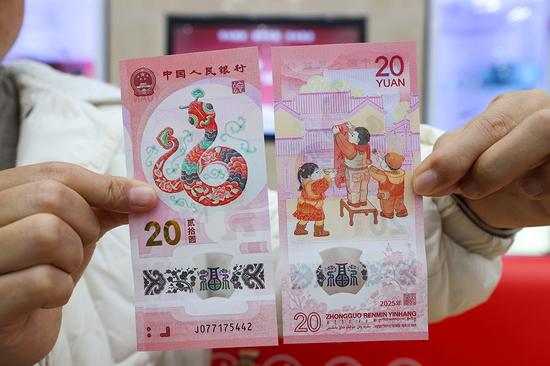










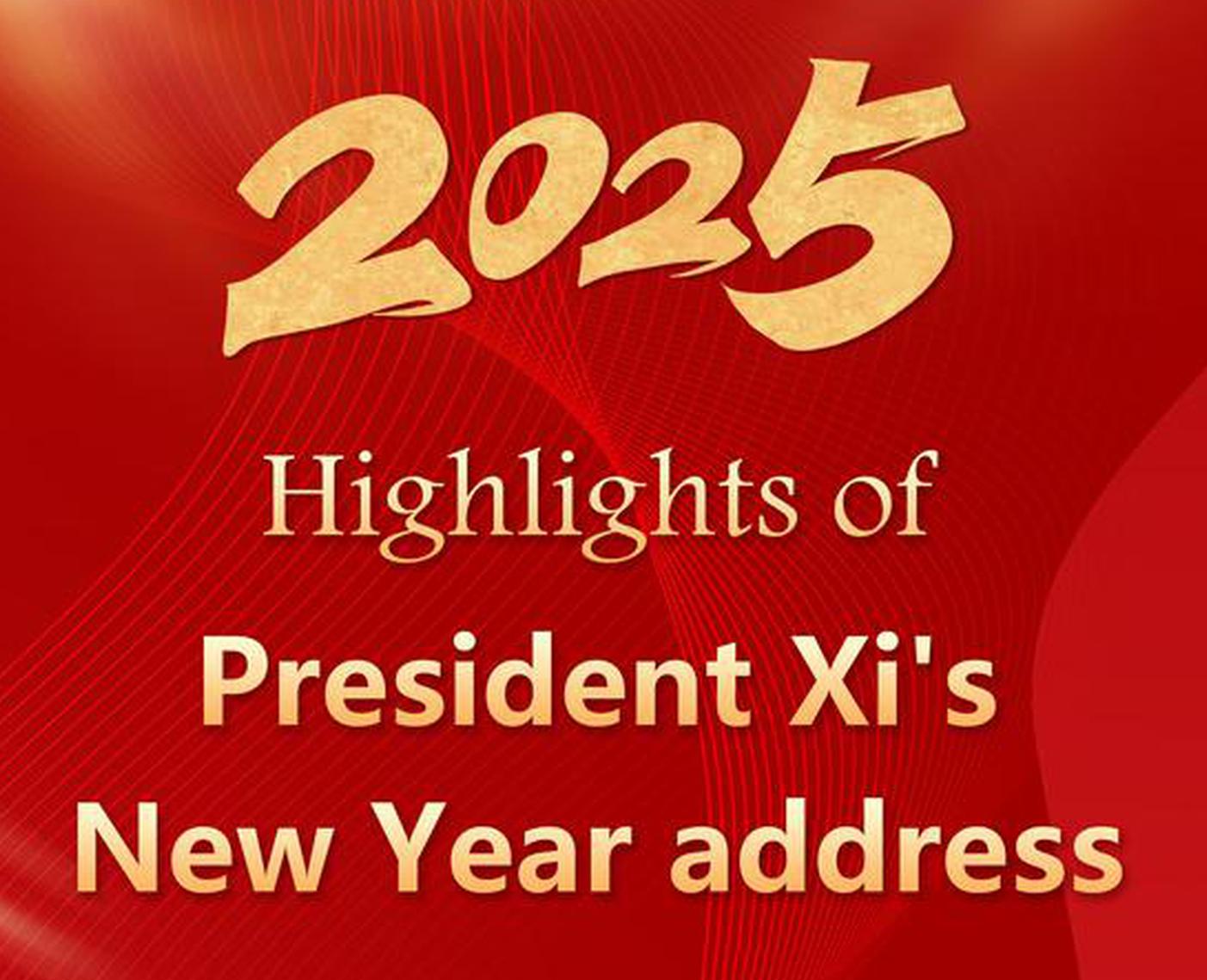



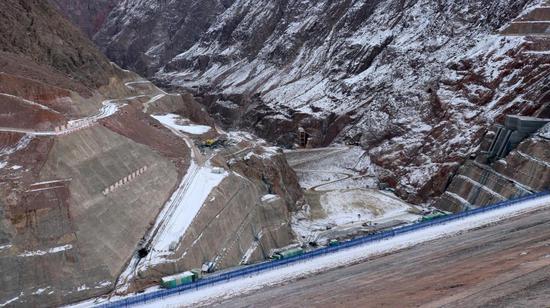



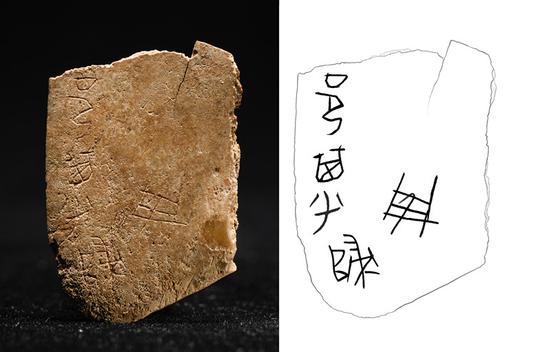


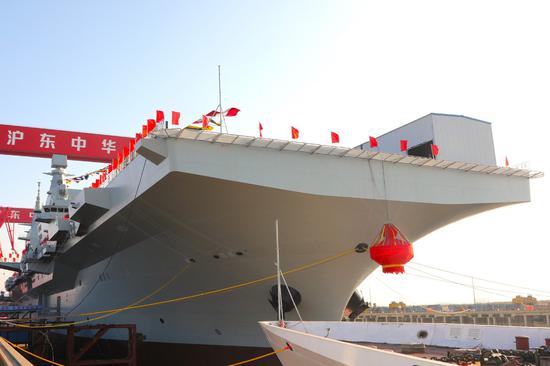



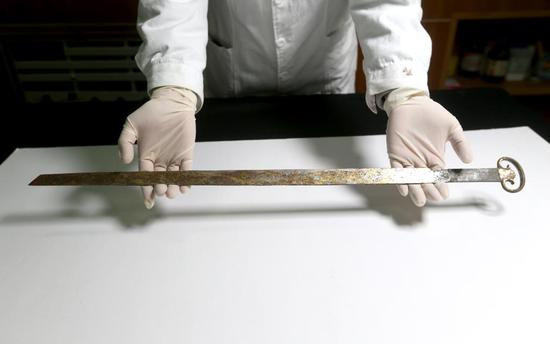



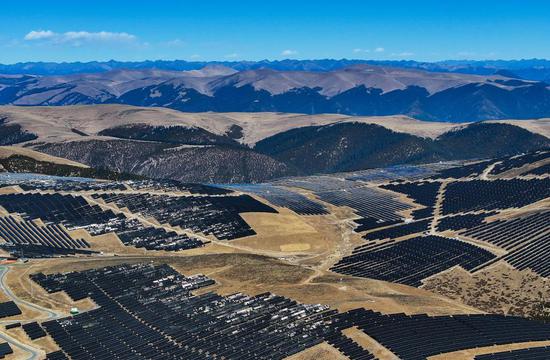

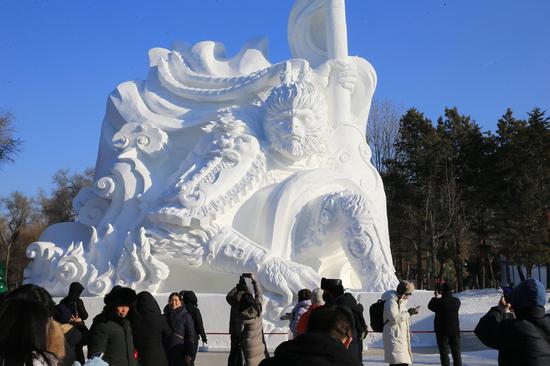









 京公网安备 11010202009201号
京公网安备 11010202009201号